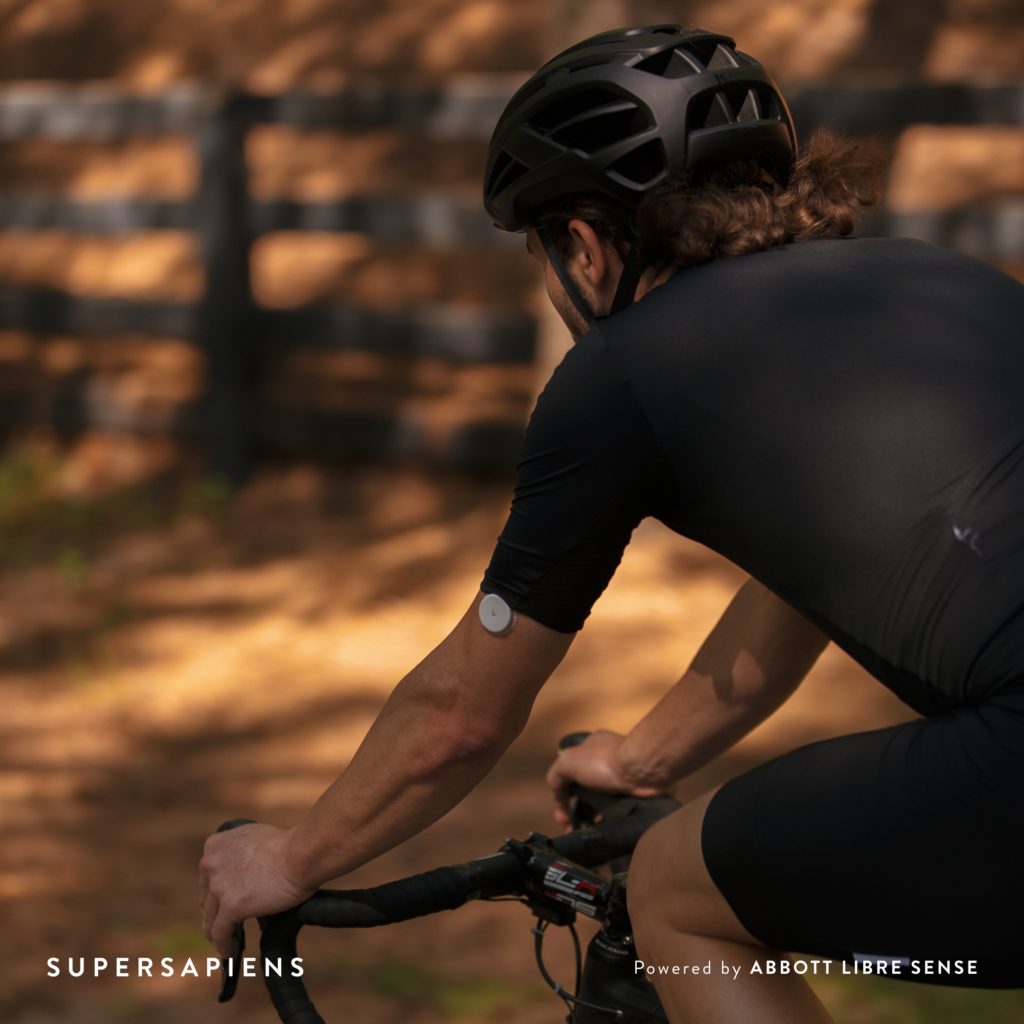
For half a century body monitoring wearable tech in sports has been all about one innovation: the heart rate monitor.
Finnish firm Polar in 1977 introduced a wireless HRM that revolutionised and popularised live-tracking of a key physiological biomarker: heart beats per minute. It had been done before, but only in labs with bulky, wiry machines. Polar’s wireless wearable strapped a really useful data gathering contraption onto the sternum of anyone interested in improving and optimising their performance. Sports science took a giant leap in 1977.
Until the advent of the power meter in the late 1980s, heart rate was the key metric for live-monitoring endurance sports performance.
These metrics remain vital statistics few competitive cyclists, runners or triathletes would go without (hands up who doesn’t own a power meter?) but there are some new kids on the wearable tech bloc and interest in them is ratcheting up fast among pro teams and athletes and into the amateur ranks.
Could blood glucose, core body temperature and blood O2 monitors become indispensable fields on your chosen GPS unit? Just this week the near-standard Garmin-backed ANT+ ultra-low power (ULP) wireless protocol that allows devices like GPSs and sensors to speak to each other, added ‘core temperature’ as a beta profile field for developers to work with, so it may not be long before it officially joins other ANT+ device profiles like ‘power’ and the lesser known ‘muscle oxygen’.
More here...
Author: Shane
Scribe. Mostly about nutrition, food & health. View all posts by Shane
